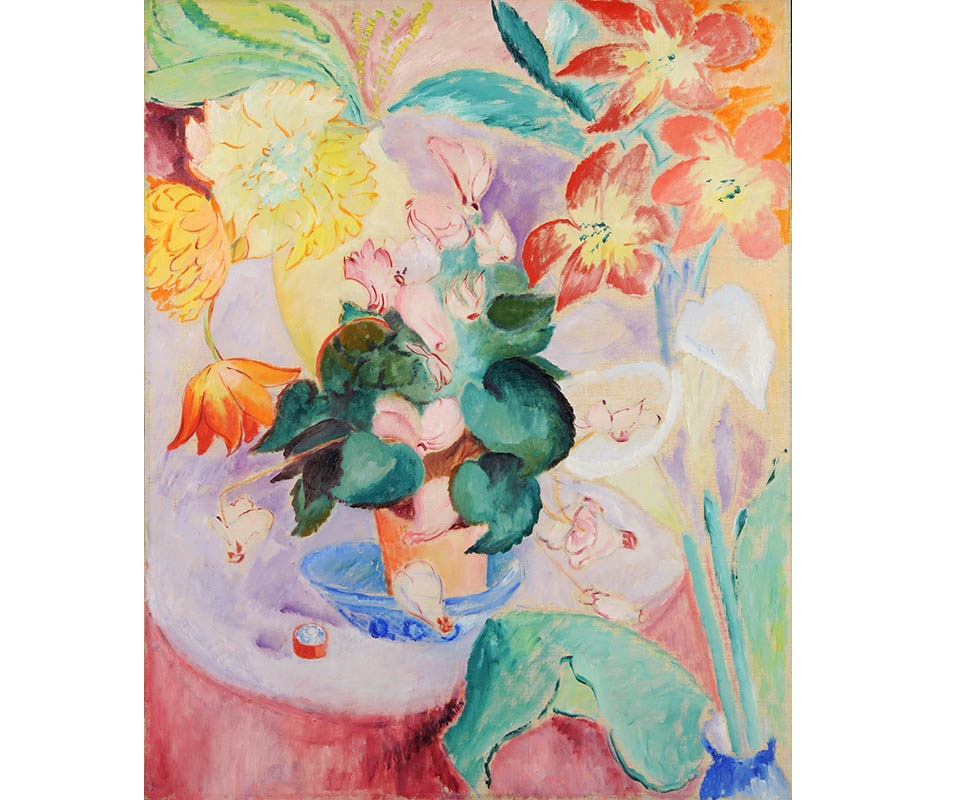Mannheimer got to know early on several of the artists who are considered to have paved the way for the breakthrough of modernism in Sweden, such as Tor Bjurström, Isaac Grünewald, Gösta Sandels and Birger Simonsson. Stylistically, many of these artists were strongly influenced by Henri Matisse and several of them had been his students in Paris. Some of these artists later established their own phalanx in Gothenburg, and certainly the contact with Mannheimer was a strong reason for choosing the city as she supported several of them financially.
Charlotte Mannheimer herself had artistic ambitions and studied at the South Kensington Art School in London and at the Academy of Fine Arts in Copenhagen. Due to various private and public commitments, his own artistry was periodically downgraded. However, Mannheimer’s art was shown in several well-known exhibitions and she also spent a few months at the Henri Matisse art school in Paris.
Ny Konst and the art scene in Gothenburg
For a few years around 1920, Mannheimer ran Ny Konst, which was one of the first galleries for contemporary art in the city. Both Gothenburg-based and Nordic artists were introduced to the audience – including several female artists such as Mollie Faustman, Tora Vega Holmström, Maj Bring and Sigrid Hjertén.
Over the years, it was primarily Charlotte Mannheimer’s roles on the public art scene in Gothenburg that received more space than her own artistry. Parallel to her commitment to gallery Ny Konst, Charlotte Mannheimer was also for many years vice-chairman of Gothenburg’s Art Association, which was an important arena for Nordic contemporary art in Gothenburg. Through donations of contemporary art to Gothenburg Museum’s art department and schools, she also ensured that the artists of the younger generation became visible to a wider public.
Thanks to his large network, Mannheimer had a great opportunity to influence the supply of contemporary art in the city. Through her work, she contributed to increasing understanding of contemporary art, spreading it to a larger audience and making Gothenburg a vibrant place for modern art.
Modernist art from a West Swedish and Norwegian perspective
The exhibition presents a selection of Charlotte Mannheimer’s own works together with works by the Nordic modernists she supported, such as Isaac Grünewald, Gösta Sandels, Sigrid Hjertén, Vera Nilsson, Jean Heiberg and Henrik Sørensen. Among the motifs are colorful portraits, decorative interiors and stylized landscapes, most of which come from the Gothenburg Art Museum’s collection. Here, modernist art is shown from a western Swedish and Norwegian perspective, which partly gives a different angle to the story of the development of modernism in Sweden.




